Discover the delightful taste of Japan with a traditional dish called Tokoroten! As the summer heat sizzles, this refreshing and cooling treat is a favorite among locals. Tokoroten transformed into noodle-like strips or cubes. Served chilled, it offers a unique texture that is gelatinous and slightly chewy. To enhance the flavors, various toppings such as grated ginger, green onions, or wasabi can be added. Don’t miss out on this delectable dish that captures the essence of Japanese cuisine. Join us on a journey to explore the wonders of Tokoroten and experience the true taste of Japan!
What is Tokoroten?
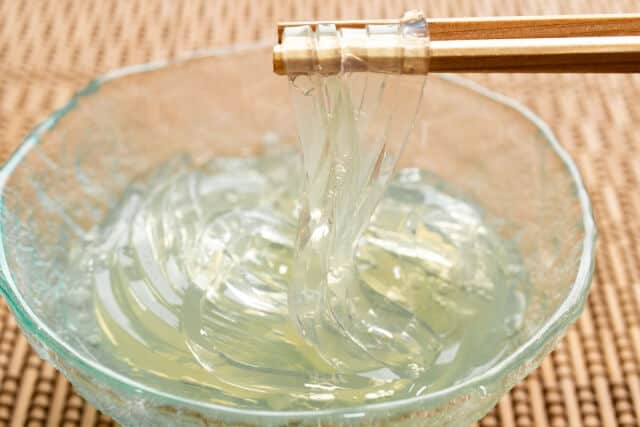
Tokoroten is a traditional Japanese thin noodle-like food made by boiling and melting seaweed called “tengusa†in Shizuoka prefecture. It is popular in Japan, especially during summer, for its refreshing and cooling qualities. They made the jelly by boiling agar-agar and water, then cutting it into noodle-like strips or cubes. Tokoroten is served cold with various toppings and dipping sauces, often accompanied by a soy-based sauce called mentsuyu. Additional toppings like ginger, green onions, or wasabi can be added for extra flavor. The texture of it is gelatinous and slightly chewy, providing a unique eating experience.
Tokoroten History
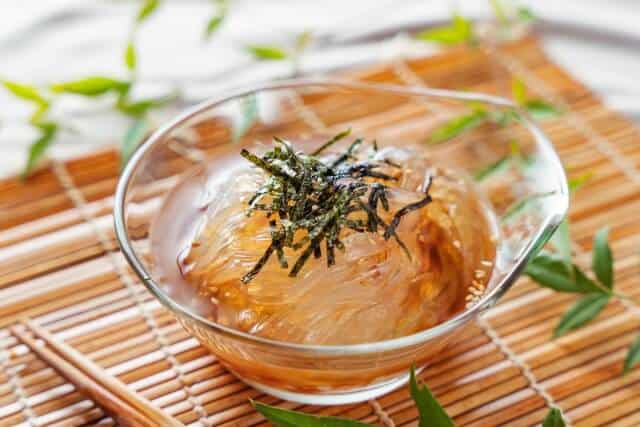
The origin of Tokoroten in Japan dates back centuries, making it a traditional culinary delight with a rich history. The dish can be traced to the Heian period, during which agar-agar, the main ingredient of the dish, was introduced to Japan from China. Agar-agar, derived from seaweed, was initially used for medicinal purposes due to its health benefits. Over time, people discovered its culinary potential and began experimenting with various recipes, leading to the creation of Tokoroten.
The popularity of this dish soared during the Edo period when it became a sought-after summer treat. The jelly, made by boiling agar-agar and water, offered a refreshing and cooling sensation, which was especially appealing during the hot and humid Japanese summers. Tokoroten’s popularity continued to grow, and it became a cherished part of Japanese cuisine. Today, locals commonly enjoyed it as a traditional dessert or snack, particularly during the summer months when its refreshing qualities are most appreciated.
Difference between Tokoroten and Kanten
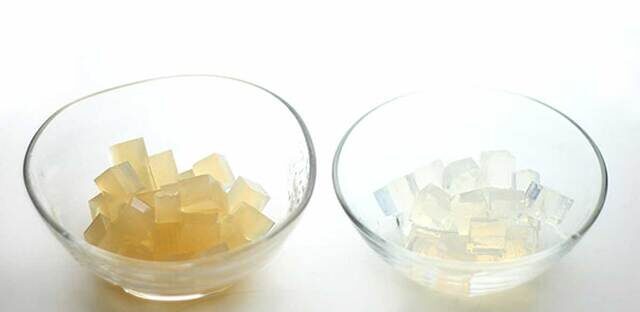
Tokoroten and kanten are two related but slightly different terms in Japanese cuisine. Although they are made from the same kind of raw materials, the only difference is the manufacturing method, so they are not well known to the general public. Tokoroten refers specifically to the dish made from gelidium jelly, which is a type of seaweed. They make the tokoronten by boiling agar-agar (a gelatinous substance derived from seaweed) and water, then cutting it into noodle-like strips or cubes. They typically served them cold and enjoyed them as a refreshing treat, particularly during the summer months.
On the other hand, kanten is a broader term that encompasses the gelatinous substance derived from various types of seaweed, including agar-agar. Kanten is a general term used for agar, which they use in a variety of culinary applications beyond just making tokoroten. They also used it as a gelling agent in desserts, confectioneries, and other dishes.
Health information of Tokoroten
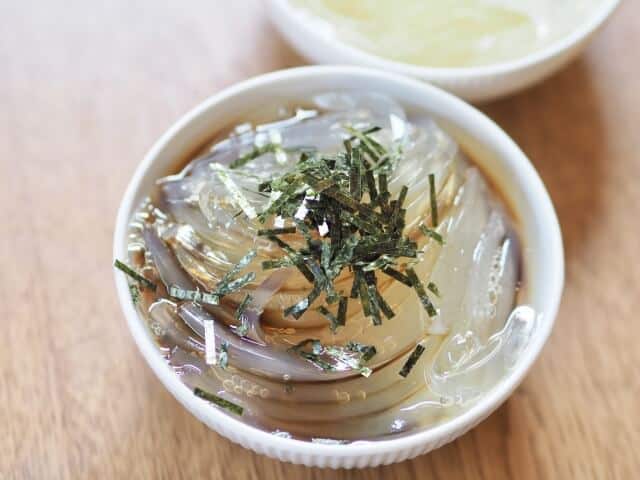
Tokoroten offers potential health benefits including being low in calories and fat, high in fiber for digestion, providing hydration and cooling effects when served cold, and potentially aiding digestion. Tokoroten and agar are about 2-3kcal per 100g. Although it does not have many calories, it has the properties of both soluble dietary fiber that regulates the intestinal environment and insoluble dietary fiber that activates peristalsis of the intestines, helping to relieve constipation. When you eat a meal on an empty stomach and your blood sugar spikes, your pancreas excessively secretes the hormone insulin, which lowers your blood sugar, making it easier for your body to store sugar as fat. It may also contain essential nutrients like calcium, iron, and vitamins, although the nutrient composition can vary. Individual results may differ, so we recommend consulting with a healthcare professional for personalized advice.
How to eat Tokoroten by area
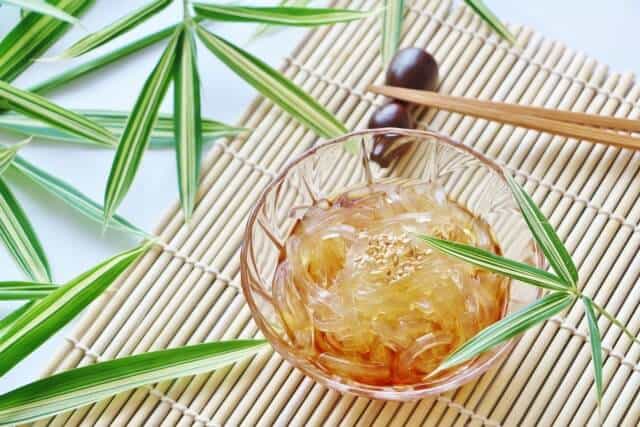
Kanto and Hokkaido
In the Kanto and Hokkaido regions, they eat tokoroten with vinegar soy sauce. It is common to eat it with aonori seaweed and mustard.
Kansai
Some people use kinako as a topping. Kuzukiri and tokoroten, one of the representative summer sweets of the Kansai region, have a similar texture to each other, so they eat them with brown sugar syrup.
Tohoku
Tokoroten in the Tohoku region is a side dish. They based it on vinegar soy sauce, and in Akita and Yamagata, grated ginger is sometimes added. In Sendai City, Miyagi Prefecture, they sprinkle the vinegar and soy sauce with sugar. In Iwate Prefecture, some people put miso on it.
Chugoku region
In the Chugoku region, they eat it with 2-bai vinegar (vinegar soy sauce) or 3-bai vinegar.
Tokoroten Recipe
Tokoroten Ingredients
| Ingredients of Tokoroten for 10-12 persons | Measurements |
|---|---|
| Amakusa | 50g |
| Hot water | 3,000g |
| Vinegar | 22g |
How to make Tokoroten?
Wash the Amakusa and add agar, hot water, and vinegar to a pan and simmer for 40 minutes.
Spread the bleached bag in a bowl, pour in the liquid mixture, and then pour into a sink to harden.
Push out with a thruster.
If you like, you can sprinkle it with sanbaizu, garnish it with mustard, sprinkle it with green laver or white sesame seeds, or add soybean flour or brown sugar syrup to sweeten it.
Where to buy Tokoroten
Tokoroten Tenya
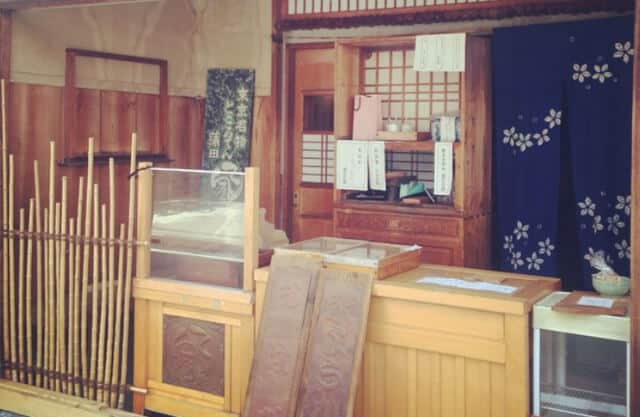
“Tokoroten Tenya†is located in a quiet residential area away from the downtown area of ​​Kamata. The tokoroten, which you can enjoy the fresh taste unique to handmade, is fresh because they make it after ordering.
Tsuruse
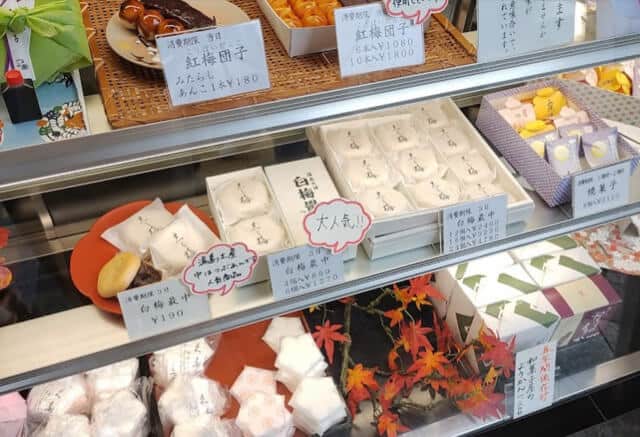
“Tsuruse” is a long-established store that is popular for its taste, quality, and affordable Japanese sweets. It seems that the vinegar here is mellow and refreshing. The combination of tokoroten and sesame is perfect.
Kissako
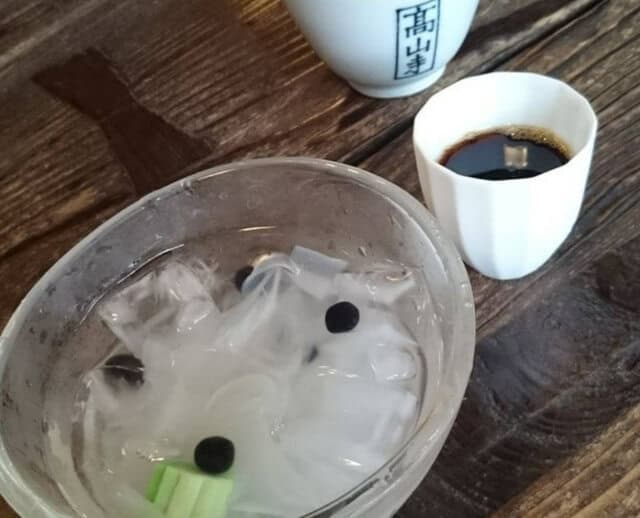
“Kissako†is located in a tasteful house in the fresh greenery of Ueno Park. Tokoroten, which you can enjoy in a calm atmosphere with dark brown wood grain and chic lighting, has a reputation for its authentic taste. This is a sweets shop provided by Inshotei, a restaurant located on the premises of Ueno Park.
Takeaway
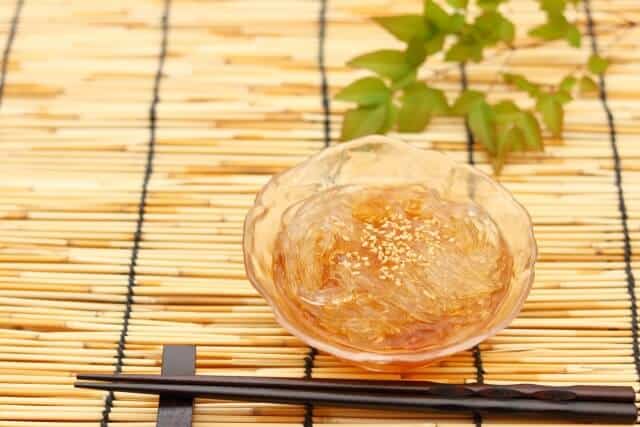
Tokoroten takes us on a captivating journey through Japan’s culinary heritage, revealing its origins, preparation, health benefits, regional variations, and modern role. This gelatinous delight reflects Japan’s commitment to preserving tradition while embracing innovation. With its low-calorie content and rich mineral profile, Tokoroten offers a guilt-free pleasure that balances indulgence and nutrition. Exploring Tokoroten deepens our understanding of Japanese gastronomy, showcasing the intricate flavors and artistry that define this culinary landscape. By trying Tokoroten, we connect with a culinary heritage that spans centuries, gaining an appreciation for the traditions and innovations that make Japanese cuisine truly extraordinary.
You can check some Japanese noodle dishes that we know you would like to try too.
FAQ
What is Tokoroten?
Tokoroten is a traditional Japanese jelly-like dish made from agar derived from seaweed. People in Japan have been eating it for over a thousand years.
How is Tokoroten eaten?
Cooks typically press tokoroten into thin noodle-like strands and serve it with toppings such as vinegar, soy sauce, or sweet syrup depending on the region.
Is Tokoroten sweet or savory?
Both styles exist. In eastern Japan, Tokoroten is usually eaten with vinegar and soy sauce, while in western Japan it is often enjoyed with sweet kuromitsu syrup.
Is Tokoroten healthy?
Yes. Tokoroten is extremely low in calories and high in dietary fiber, making it a popular food for digestion and dieting.
What is the texture of Tokoroten?
It has a smooth, firm, and slightly springy texture, similar to a soft jelly but shaped into thin noodles.
How is Tokoroten different from Kanten?
Kanten is dried agar often used for making desserts, while Tokoroten is agar gel that people cut into noodle-like strands and eat fresh as a dish.
Does Tokoroten need refrigeration?
Yes. Tokoroten should be kept refrigerated and consumed soon after opening, as it contains a high amount of water.
Where can I buy Tokoroten?
Tokoroten is commonly sold in supermarkets, traditional markets, seaside shops, and specialty kanten/agar stores throughout Japan.
Is Tokoroten vegan?
Yes. Since Tokoroten is made from seaweed-derived agar, it is completely plant-based and suitable for vegans.
What toppings are commonly used?
Popular toppings include vinegar, soy sauce, sesame seeds, ginger, nori, and kuromitsu syrup. Toppings vary by region and personal preference.
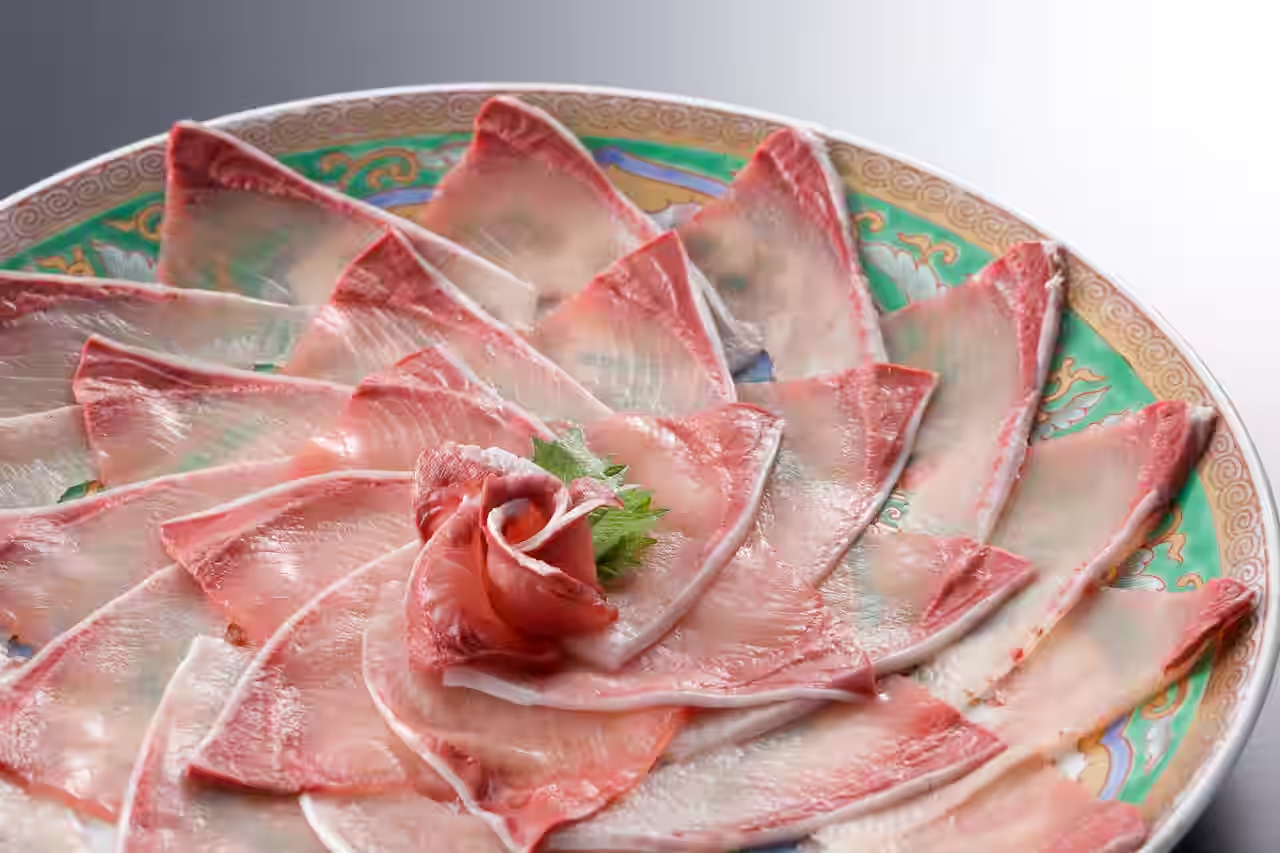
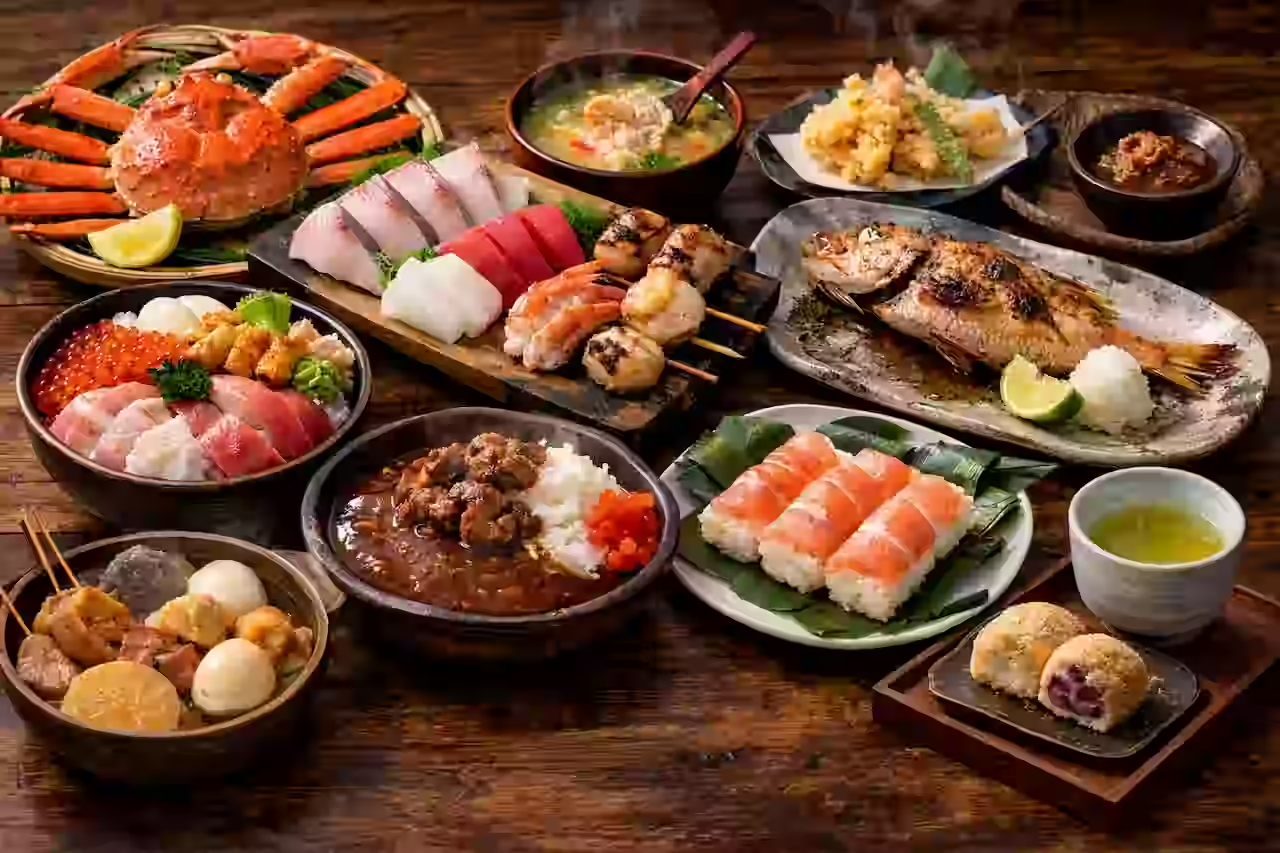
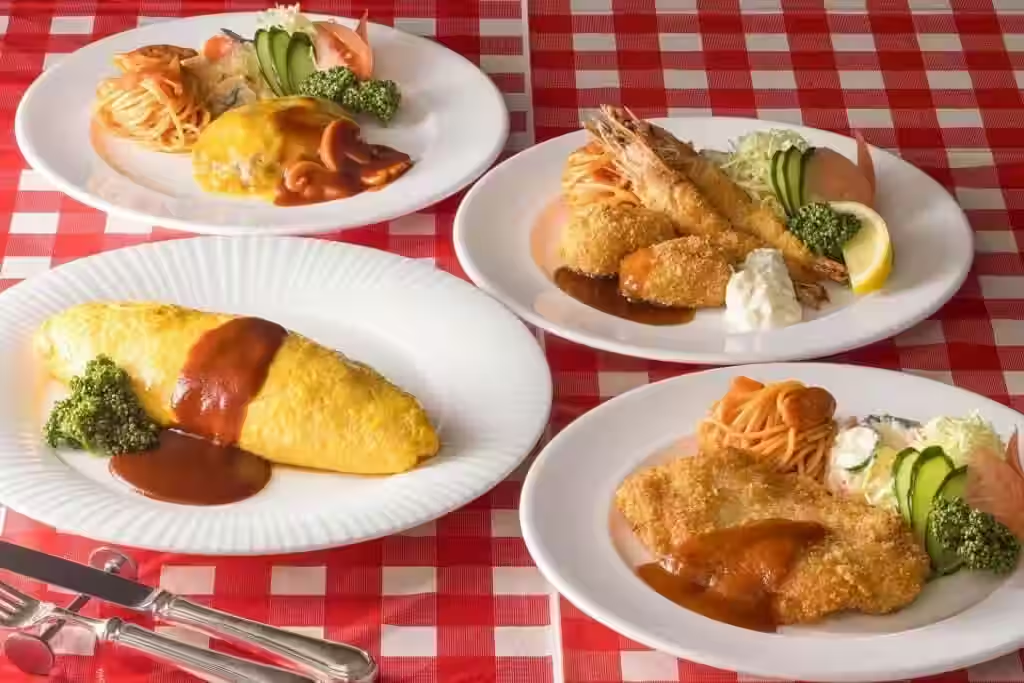
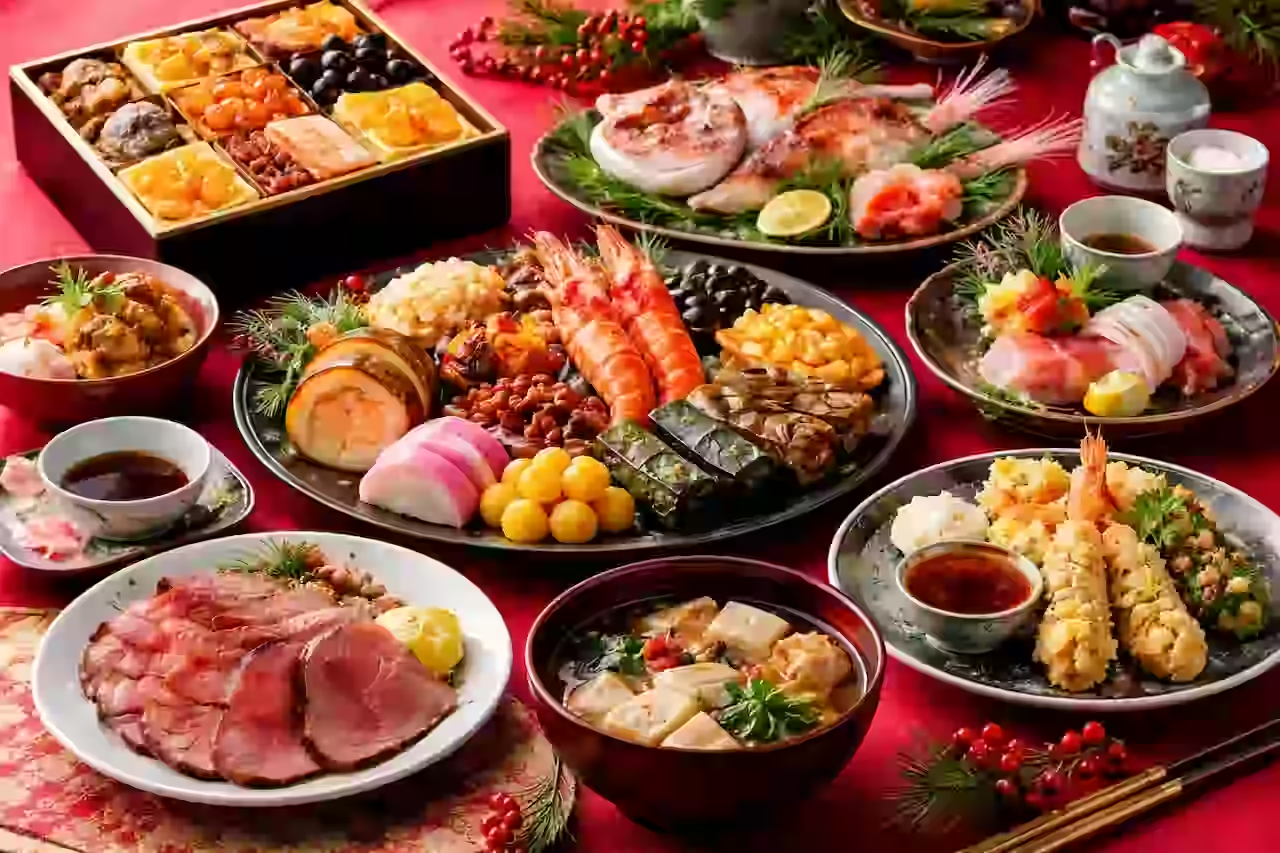
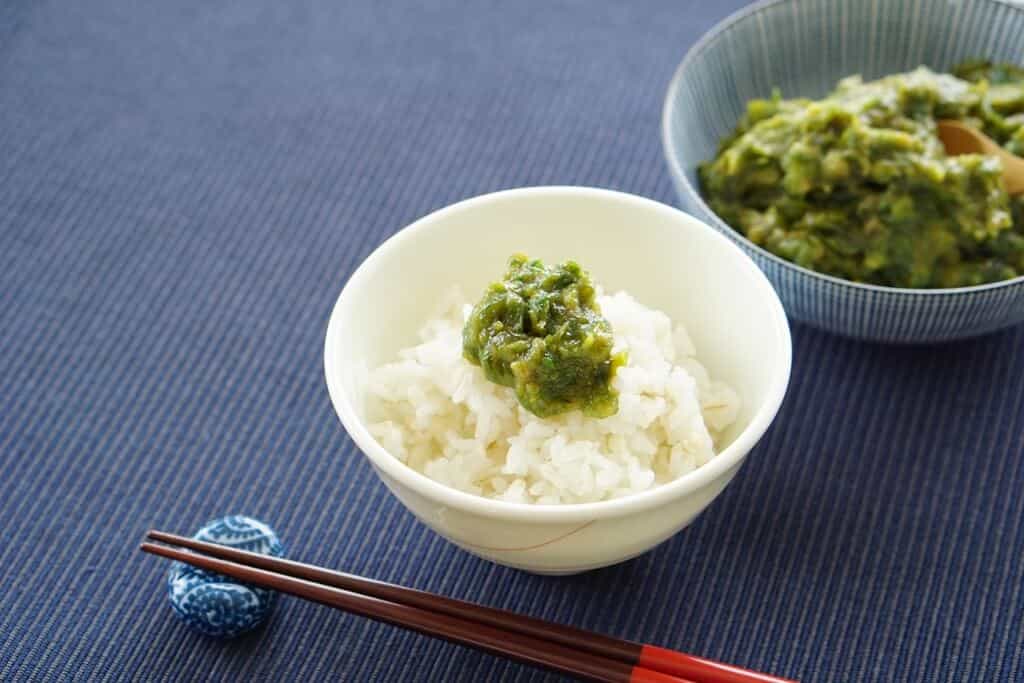

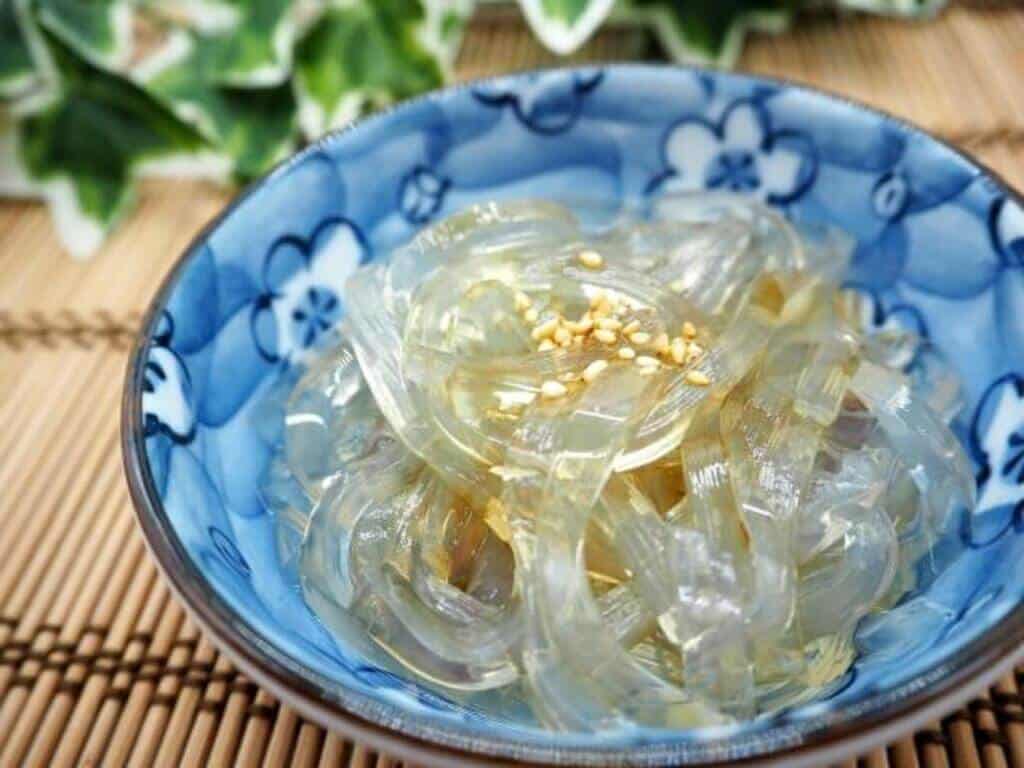
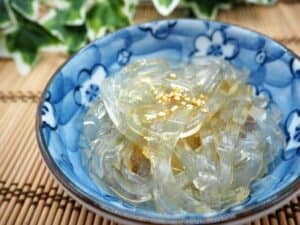
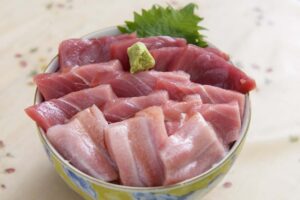
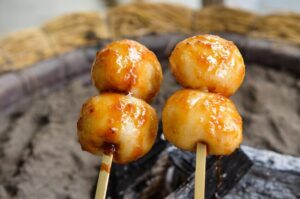
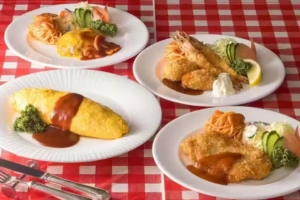
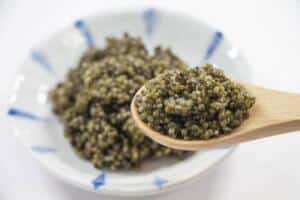
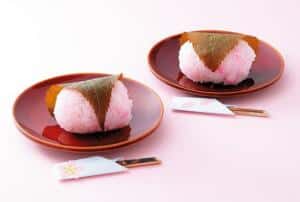
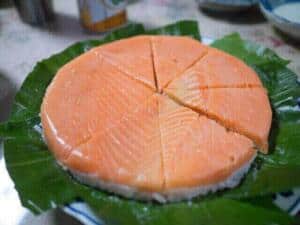
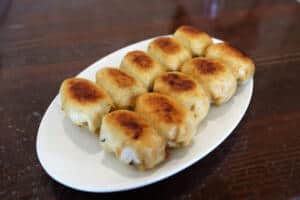
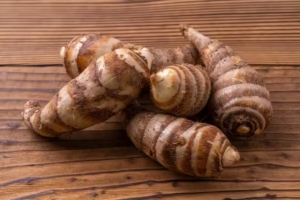
Comments